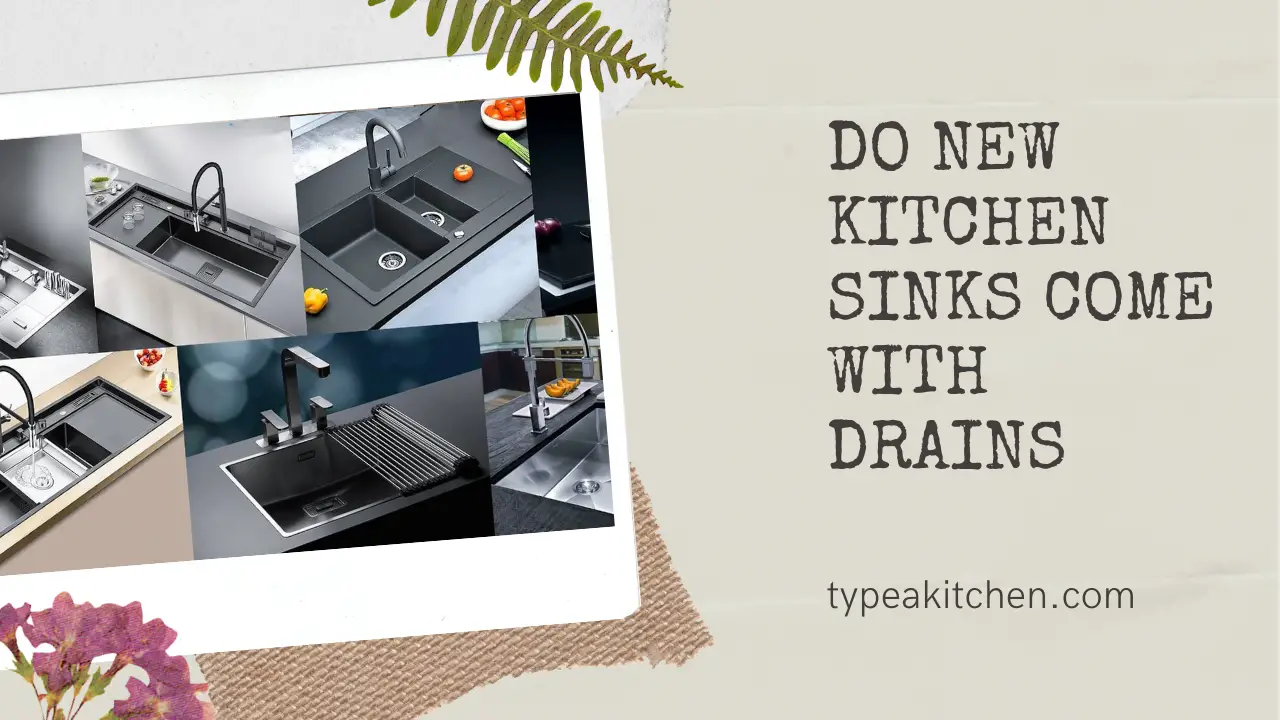How can Mice be Removed from Under the Kitchen Sink?
Mice. These small, furry creatures can wreak havoc in our homes, especially when they find their way under the kitchen sink. From nibbling on food containers to leaving droppings behind, they can turn our sanctuary into a nightmare.
Before delving into the solutions, understanding the root causes of a mouse infestation is crucial. Mice are attracted to food sources and shelter, making kitchens – with their abundance of crumbs and warm spaces – an ideal dwelling for these pesky critters. Additionally, common entry points like holes or gaps in walls provide easy access for them to enter our homes unnoticed. By addressing these underlying issues alongside implementing removal strategies, you can ensure long-term prevention against mouse invasions.
So sit tight as we embark on this journey together to bid farewell to those unwanted guests lurking beneath your kitchen sink.
Understanding the Problem
Before taking any action, it’s crucial to understand the extent of the mouse infestation and the factors that attracted them to your kitchen in the first place. Mice are drawn to kitchens because of the readily available food sources and shelter. They can squeeze through tiny openings and often nest in hidden, dark spaces like under the sink.
Here’s a step-by-step guide to deal with the situation:
1. Confirm the Infestation:
- Look for signs of mouse activity, such as droppings, chewed wires or packaging, and gnaw marks.
- Listen for scratching or scurrying noises coming from under the sink, especially during the night when mice are most active.
2. Gather Supplies:
- You’ll need some essential supplies, including gloves, a flashlight, mousetraps, sealant, steel wool, cleaning materials, and a container for disposing of dead mice.
3. Safety Precautions:
- Always wear gloves when handling traps and cleaning to prevent the spread of disease.
4. Clear the Area:
- Remove all items stored under the sink, including cleaning supplies and dishes. This will give you better access to the mice and make it easier to clean and disinfect the area.
5. Locate Entry Points:
- Inspect the area for any openings or gaps that mice may have used to gain access. Common entry points include gaps around pipes, loose cabinet doors, and damaged flooring.
6. Seal Entry Points:
- Use steel wool and sealant to close off any holes or gaps you find. Mice can chew through many materials, but steel wool is typically effective at deterring them.
7. Set Traps:
- Place snap traps or live traps near areas where you suspect mouse activity. Bait the traps with something appealing to mice, such as peanut butter or cheese.
- Snap traps are quick and effective but require disposal of the mouse. Live traps capture mice without harming them, allowing you to release them outdoors.
8. Check Traps Regularly:
- Check the traps daily and dispose of any captured mice promptly. Be sure to follow local regulations when releasing live-trapped mice.
9. Clean and Disinfect:
- Thoroughly clean and disinfect the area under the sink to remove any lingering odors and traces of mouse activity.
10. Monitor and Prevent:
- Keep an eye on the area to ensure that mice do not return. Continue practicing good hygiene in your kitchen, store food in airtight containers, and take out the trash regularly.
Conclusion
Removing mice from under the kitchen sink is a task that requires patience, diligence, and proper precautions. It’s essential not only to get rid of the existing infestation but also to prevent future problems.
By sealing entry points, setting traps, and maintaining a clean kitchen environment, you can effectively address the issue and enjoy a mouse-free home.
If the problem persists despite your efforts, consider seeking professional pest control services to ensure the complete removal of mice from your kitchen.








